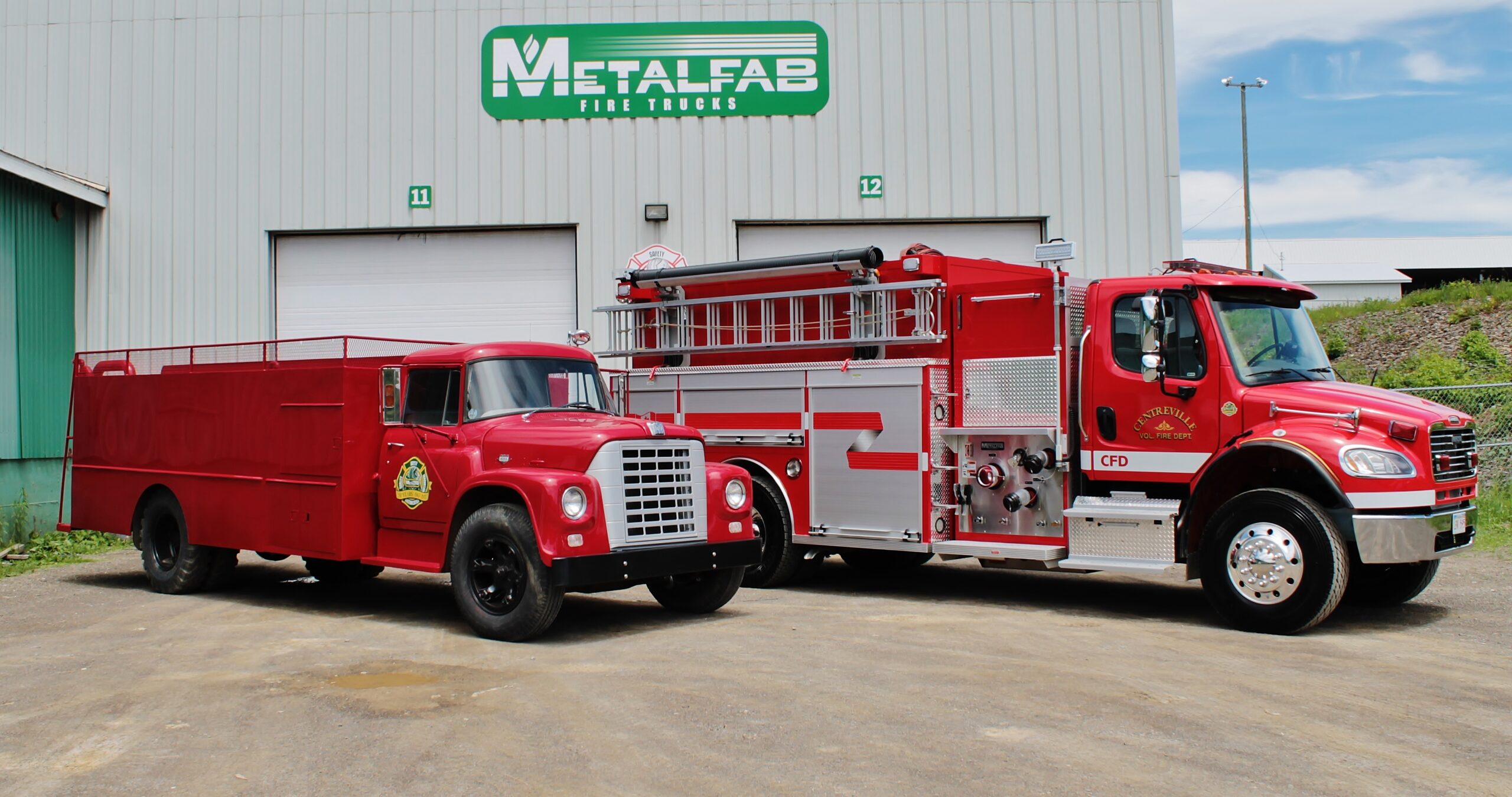
Necessities spawn innovation. Fire departments are facing some major hurdles, including:
- Improving the safety of their first responders
- Constant battles to improve operation and fireground efficiencies
- Securing an experienced pool of candidates
- Allocating resources amid restricted budgets
As a result of the Covid-19 pandemic, budgets have become a deeper concern than ever before. Either funding had to be diverted for Covid-19 mitigation or revenue was reduced due to social distancing restrictions, impacting tax revenue supporting fire department budgets. In this article, we will walk through several ways to mitigate these issues.
When budgeting for and specifying an apparatus that will last ten years or more, it is important to address the critical items facing your department with the technology available today.
![]()
Multiplexing to Combat Common Electrical Issues
The main drivers to common electrical issues today are loose connections and improper grounding. To combat this, the first solution is to take advantage of multiplexing.
A Proper Multiplexing Layout Lessens the Common Connection and Grounding Issues Common to Hard-Wired Systems
Within the industry, there is a lack of understanding around multiplexing. In many cases, it is avoided altogether. However, multiplexing is commonly accepted as more reliable than hard-wired systems. Should a problem arise, users are provided multiple tools to help with diagnostics, including remote diagnostic software and remote programming updates.
Multiplexing is nearly exclusively used in industries outside of the fire service as well. The airline industry has been multiplexing aircraft since the 1960s; it was standardized in the 1970s with the introduction of ARINC-429 and MIL-STD-1553. Multiplexing has also been a standard in automotive since the 1980s. Long gone are the days of replacing blinkers or other switch relays in your car.
In most cases, multiplexing also:
- Eliminates or significantly reduces the need for in-line fuses. Solid-state multiplexed electronics have built-in overcurrent and short detection.
- Offers multiple interface devices. This includes CAN-based rocker switches, modern button switches, and interactive touchscreen displays integrating digital dashboards, camera feeds, thermal cameras, and other visual-based alerts.
- Costs less. Many apparatus builders no longer offer hard-wired systems, and if they do, it’s often a significant upcharge.
- Manages continuity of maintenance education.
In summary, multiplexing helps build a more reliable apparatus providing many years of service.

Effective and Efficient Use of Foam on the Fireground
Foam and CAFS usage on fires is growing in popularity, and it’s required to fight certain chemical and environmental fires. That’s why FOAM or CAFS systems are on over half of the apparatus built today.
Key Features of SmartFOAM and SmartCAFS:
- Delivers the proper mix of foam with selectable presets
- Ability to flow at high pressure or high volume on the same system
- Advanced control around the apparatus with additional screens
- Selectable interface for legacy foam systems to support training
These intelligent automations help eliminate the opportunities for operator error and wasted foam. Foam is expensive, and you want to be precise when applying it. Maintenance reminders also help make sure systems are properly flushed and ready when the need to use foam arises. This technology is a derivative of multiplexing and uses common multiplex nodes and interface displays.
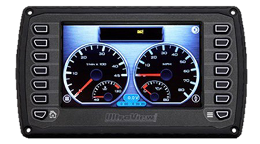

Scene Management – Safety, Speed, and Efficiency on the Fireground – The Crucial First 5 Minutes on the Scene
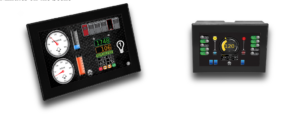
Methods for delivering water to a fire haven’t changed much in over 100 years since a single combustion engine was used to drive a pump and the apparatus. The “fire engine” was introduced in the early part of the 1900s. During this time, the pump with general plumbing hardware was capable of delivering water with more volume and pressure than ever before.
The technology developed since has been focused on perfecting the delivery of water. Pressure governors and electric valves are two advancements for supporting efficient flow. However, the basic functions of operating a pump panel have remained the same: someone is still required to stare at gauges, throttling a governor up or down, and opening and closing valves.
Until now.
was introduced to the fire industry in 2015. Incorporating the knowledge gained on apparatus multiplexing over the last twenty years, SAM is an automated pump panel that is like cruise control for your water. The point of this is that SAM can deliver perfect pressure all the time while also dealing with any water scenario at the intakes or discharges. It alerts the operator and crew to any problems while also mitigating the problem calmly and safely. This means that the operators will focus more on what they do best—working around the truck and helping the fireground. Other benefits include having two pump panel locations, which solves the visibility problem between the operator and their crews that the fire service has been battling for decades. With SAM managing pressures and more crew visibility, radio traffic is decreased on the fireground. The two screens also allow the operator to pump from a safe location no matter how your truck is positioned. So if you’re looking to help new operators, make your crews more efficient, protect your pump, get your operators out of the street, or decrease radio traffic, the technology offering is worth learning about.
SAM Features:
- Alert you of upcoming issues with low water or pump capacity, protecting your pump and hydrant
- Prevent catastrophic failure and an expensive maintenance bill
- Prevent common frustrations and mistakes that happen in a high intensity, stressful situation
- Have an automatic drafting feature
- React to the constantly changing variables of intake pressures, water source, multiple discharges, foam use, etc., by using existing multiplex nodes and sensors with advanced processing capability
- Manage hydrants with low pressure
- Switch back to tank water if hydrant water is lost
- Alerts crews when the tank water is running low or runs out
SAM not only improves fireground efficiency and safety but it also provides a trusted solution backed by years of development and a 10-year warranty to match. This technology is actually affordable, and the upcharge is far less than cosmetic packages you could add to the apparatus. See more at www.samflows.com.
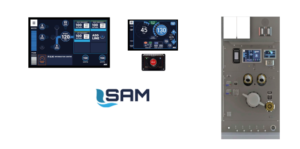
Apparatus Uptime is Critical
Increasing the longevity and uptime of your apparatus is a budget saver. Recent studies show normal apparatus uptime is around 70 percent. That means for 3 out of 10 times you need your apparatus, some type of service is being administered. How do you fix that when you’re using custom vehicles built for a specific use and require proper maintenance? You need to have the ability to predict a failure or maintenance interval and understand when the failure occurred. Enter Captium and AXIS.
Captium and AXIS give you the ability to accurately schedule your apparatus so you don’t have to wait for an opening at your service dealer or the necessary parts.
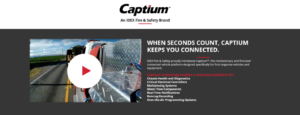

![]()
These platforms provide your truck at your fingertips, literally. They give you the ability to pull up your apparatus from your desktop and view where it is geographically. You can view:
- Mileage, engine hours, transmission codes, engine codes, and multiplexing diagnostics
- When installed with a Hale pump, you can view pump hours, cavitation events, gearbox temperature, water in the oil, and the number of pump engagements
- The complete critical operations of the apparatus
In addition, if you grant access to your service center or preferred dealer, they can proactively schedule service intervals or order the needed wear parts. If something happens to your apparatus, an alert will auto-generate to your fleet manager and apparatus dealer of the issue. You could also push out an email “truck down” alert that would broadcast out to your dealer for a quicker response.
Each of these features improves uptime and continued reliability of your apparatus, helping you extend the life and reliability of your apparatus.
It will even log run reports when the apparatus goes on a call, capturing necessary run data to help diagnose potential issues or assist with event logs. The AXIS service comes standard on Ferrara, KME, and E-One custom chassis. Captium is an open architecture that can be installed on any J1939 apparatus. These systems, again, spawn from the networking knowledge gained through multiplexing.
How are AXIS and Captium different from other telematics systems out there? For one, they communicate through a cellular network. Wi-Fi systems are unreliable and hard to manage with changing network passwords and department firewalls. Both systems were engineered specifically for the fire service to be installed on fire apparatus. This is not cross-over technology from over-the-road trucking, agricultural, or automotive.
Who maintains and provides security? Both systems are backed and secured by Microsoft on their Azure Cloud architecture. For more information, go to www.captiumconnect.com or www.axis-smart-truck-technology.com/about-axis.
Using Technology to Bring Speed and Safety to the Fireground
Fire departments face a constant relevance. When ordering apparatus that could last over ten years, you need to order an apparatus giving you the best features to help with your critical needs and lingering issues.
The technologies discussed above are real and ready to be installed on your apparatus. They can alleviate and solve current operational and reliability issues. Specifically designed for fire departments and the fireground, these technologies improve reaction time, efficiency, budgets, and safety. Nothing different from what you see in the automotive industry today, adding more sensory and safety devices to prevent unwanted collisions and breakdowns.
For more information, please go to the provided links within this article or contact an IDEX Fire & Safety representative.
